Exhibition: Palazzo Vecchio Exhibition, Florence, 1942
Angiolo Vannetti was born in Leghorn in 1881, but trained at the Accademia di Belle Arti in Florence, where he was a pupil of Augusto Rivalta. Inheriting his marked verist vein, but also his tendency towards imaginative composition and fresh, expressive modelling, the young sculptor specialised in the production of animalier subjects from his earliest years.
Characterised by a spontaneous flare and careful naturalistic rendering, the small bronze animals accompanied Angiolo Vannetti in the first phase of his career, which brought him his first critical acclaim at the beginning of the 20th century, particularly in Milan in 1913, where he exhibited The Warrior's Farewell.
After his foreign debut at the Paris Salon in 1914, the sculptor's international career was inaugurated. In a continual search for inspiration for his animal subjects, he combined his artistic activity with an incessant need to travel: after milestones in European capitals, he travelled to Africa, America and finally Asia, which we could call his adopted continent.
After having travelled to Havana to execute the statue of President Zavas in 1925, he left for Shanghai, commissioned to do some decorative friezes for the North China Daily News. Once this work was finished, he was called to the Japanese Imperial Court in 1927 as an official portraitist. During these years, the sculptor took advantage of his assignments in foreign countries to draw inspiration from the everyday life of the places he found himself.
He thus produced a series of sculptures, delicate exotic impressions that reflect and honour the truth of the places and people that inspired them. With an extraordinary capacity for synthesis combined with freshness of execution and attention to the details of local customs and traditions, Angiolo Vannetti gives life to small subjects that encapsulate their genius loci. Japanese priests conveying an intense spirituality, oriental women described in their most intimate and everyday moments, sunburnt peasants destroyed by fatigue.
This rich repertoire of exotic curiosities, mostly inspired by Africa, Asia and Central America, led Angiolo Vannetti to definitive critical and public success, as can be seen in the Italian exhibitions he took part in during the 1930s. In these, animalier sculptures also continued to appear, along with subjects inspired by the places he visited, in a sort of fan of human types and attitudes that lead the viewer outside the classical western vision.
Some of his most significant Orientalist works appeared at the Pesaro Gallery in 1932: La bella malinconica, Venditrice annamita, Maternità and Il bonzo - messo di Dio. Small, concise and energetic sculptures that contain the essence of Angelo Vannetti's closeness to the peoples he portrays, with respect and curiosity. In the 1930s, he made a sojourn in Tripolitania, bringing back some of his subjects, including African Nude and Gazelles




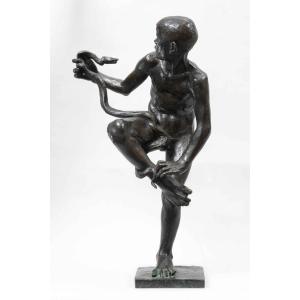





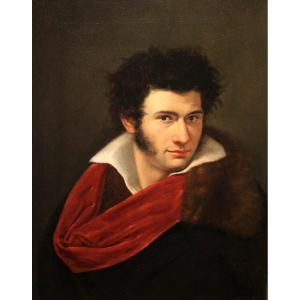
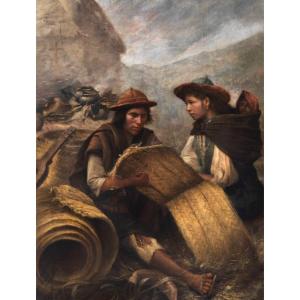




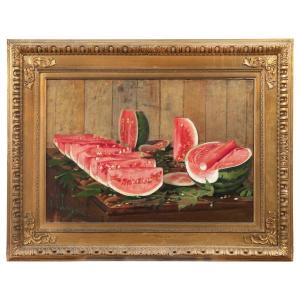
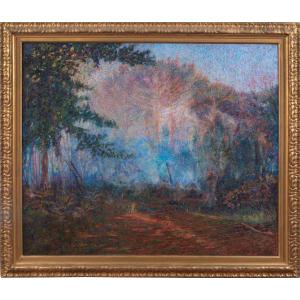


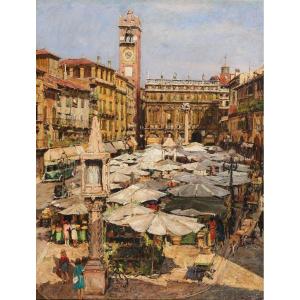

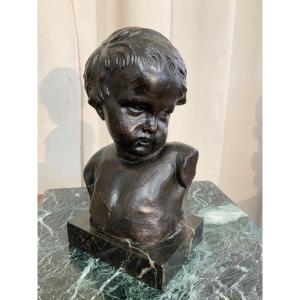

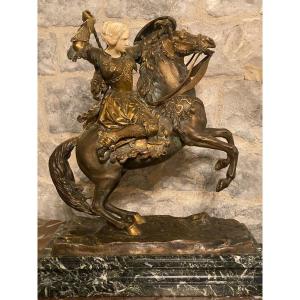
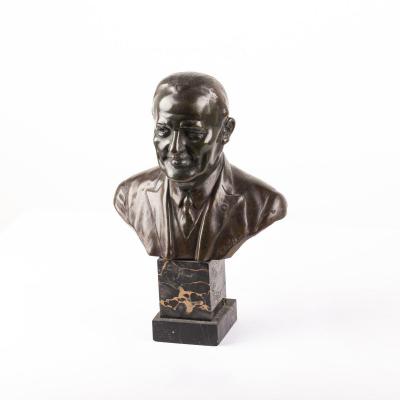




 Le Magazine de PROANTIC
Le Magazine de PROANTIC TRÉSORS Magazine
TRÉSORS Magazine Rivista Artiquariato
Rivista Artiquariato